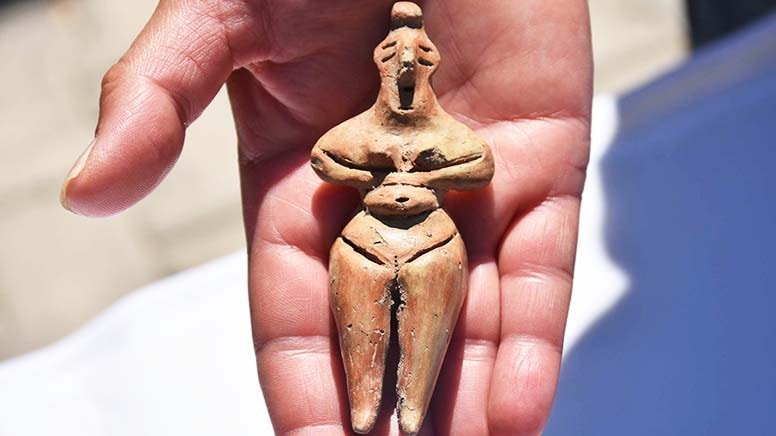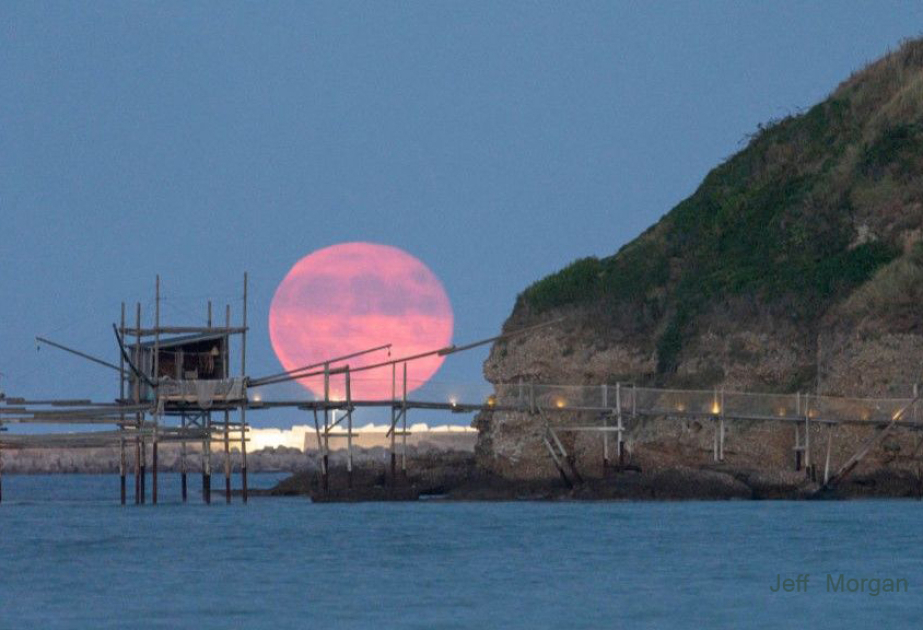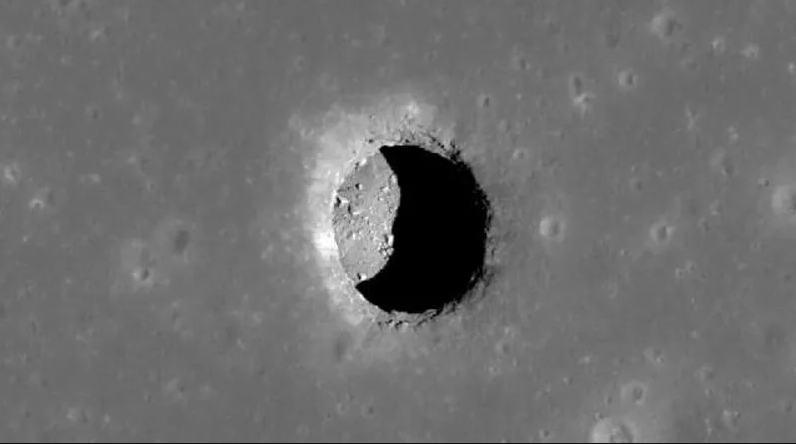
- A-
- A
- A+
"Hellish" Ancient Organisms Found Living inside Earth's Crust
Billions of years of evolution on Earth have produced “endless forms most beautiful,” as Darwin poetically noted. Some have evolved to live in “extreme” environments, such as deep sea hydrothermal vents and around the rims of lava lakes. Now, a new study published in Nature Microbiology reveals that extremely rare lifeforms have even managed to eke out a living inside the Earth’s crust itself.
The microbes in question are called achaea, highly primitive lifeforms that have been found thriving in acidic hot springs and salt likes, environments that would be uninhabitable to most other critters. Although they resemble bacteria, the two groups are about as genetically different as a human and a tree.
These new microscopic extremists, found 3.2 kilometers (2 miles) in a South African gold mine, are called Hadesarchaea – roughly meaning “hellish ancient things.” Surviving at temperatures of up to 80°C (176°F), this name is certainly appropriate. This new study is the first to work out how these deep-dwelling, single-celled microbes are able to live within the Earth’s crust, at extremely high temperatures, lacking both oxygen and light.
Without the ability to photosynthesize, as many types of microorganisms do, scientists thought the Hadesarchaea may obtain their energy by taking advantage of certain chemical compounds in their surroundings. This process is known as chemosynthesis.
During chemosynthesis, carbon-containing molecules such as carbon dioxide or methane, lose an electron in a process called oxidation. These reactions produce small amounts of energy that the microorganisms use to make carbohydrates. Plenty of bacteria and archaea use this method to survive within areas like the Lost City Hydrothermal Field at the bottom of the Atlantic Ocean.
Similar News
Links


 Elm TV
Elm TV
 Photo
Photo
 Video
Video





